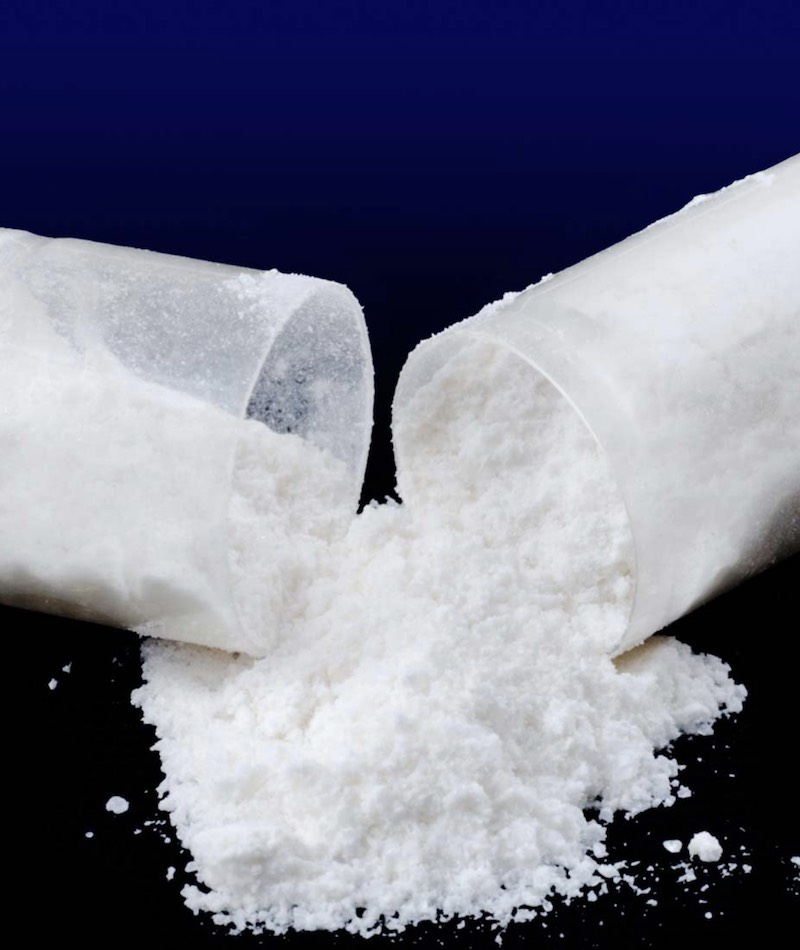An Overview of 2C-I
First it was bath salts and then K-2 or synthetic marijuana; now there’s a new designer drug enticing mostly naive teenagers and college students. Known as 2C-I, or smiles, this drug combines the effects of stimulants and hallucinogens. It was created sometime in the early 2000’s by the well know synthetic drug creator Alexander Shulgin. The drug is within the family of other 2C drugs such as 2C- T, 2C-B and 2CT-7. All are illegal, dangerous and because little to no research has been carried out on them, short and long term effects of use and abuse is unknown.
Understanding Designer Drugs
Most people know about illicit drugs like cocaine and methamphetamine. Designer drugs were introduced in the 1960’s as a means of bypassing existing drugs laws through the synthetic creation of analogs or derivatives of substances. Part of these designer drugs includes the 2C class. 2C-I and its related compounds are lab made and while they are not very new, they have increased in popularity. The reason being is that many users take the drug because it was/is a legal high. Now in the U.S. and several other countries, 2C-I is illegal. However, the problem with all designer drugs is that the manufacturers make it a point to stay ahead of the law by slightly altering the chemical structure. Once manipulated, the drug technically becomes a new drug and essentially a new “legal high”. This means accessing the designer drug is relatively easy and very cheap.

What is 2C-I
2C-I is part of the class of designer drugs. Prior to it being made illegal, it was heavily promoted on the internet, at head shops and legal raves or parties. The drug has a phenethylamine-based structure which is shared amongst amphetamines, cathinones and many other drug types. 2C-I is unique in that it is neither just an amphetamine nor hallucinogen. Rather, it combines the two which also means the drug has the effects, and side effects, of amphetamines and hallucinogens. One of the leading concerns for this is that many users believe there are no ill symptoms because it is a hallucinogen. However, the stimulant part of the drug makes 2C-I just as dangerous as methamphetamine or cocaine; an overdose is a risk. Moreover, the hallucinogenic aspect can put users in a state of fear, paranoia and delirium.
The Appearance and Effects of 2C-I
The ‘smile’ designer drug is often sold in a white crystal like powder, but it can be pressed into a tablet and swallowed. In its powder form, users often mix it with candy or chocolate. The effects take place within one hour and can last 6 to 8 hours.
The effects include hallucinations, euphoria, empathy and excitement along with fear, agitation, nausea, vomiting, hypertension and respiratory depression. The drug can also cause fatal dehydration, arrhythmia and stroke. High doses of 2C-I can lead to hypertension, seizures and overdose.
Long Term Effects of 2C-I
Due to 2C-I being such a relatively new drug, and with no research, little is known about the long term effects. However, many experts suggest the effects are likely similar to those of 2C-B or 2CT-7. These include depression, anxiety, high blood pressure, heart or kidney damage, flashbacks, impaired memory, inability to concentrate, psychosis and suicidal thoughts. When a person has underlying mental health disorders, the risks of self harm, delusions, psychosis and violence can greatly increase.
2C-I and MAOI Inhibitors
MAOIs are found in antidepressants like Nardil (phenelzine), Parnate (tranylcypromine), Marplan (isocarboxazid), Eldepryl (l-deprenyl), and Aurorix or Manerix (moclobemide). It is known that MAOIs and drugs like 2C-I can produce a dangerous combination in the body. Without immediate help, this combination can cause the body to shut down resulting in a fatality.
Overdosing
The smiles designer drug has very severe overdose effects which were made evident after the death of a 17 year old boy from North Dakota, U.S.A. Reports suggest he had taken 2C-I with friends and one hour later entered a state of confusion, panic and delirium. After going into seizures, he hit his head on the ground which led to hospitalization. The next day, he passed away. This is only on example of tragedy associated with 2C-I. There are several other reports in both Europe and the United States of overdoses and near deaths.
What Makes it Dangerous to Use
As a designer drug, it’s common for slight alterations to be made; thereby, changing the effects. Like K2 or bath salts, there is a risk of taking 2C-I which has been laced with other substances. Alternatively, any chemical alteration could lead to stronger effects and a higher risk of overdosing
Addiction and Withdrawal
On a speculative basis, addiction specialists do believe there is a risk of addiction to 2C-I. The primary reason being the amphetamine based compound or effects within the drug itself. As a stimulant, the addiction would be similar to that of methamphetamine. It is safe to say that depression, anxiety, fear and confusion could be some of the psychological effects from 2C-I use and abuse.
As with other drugs, a 2C-I user may go through a withdrawal and experience symptoms ranging from irritability, insomnia, muscle aches and nausea to full blown symptoms of panic, delirium, intense sweating, shaking, fever and arrhythmia.
Because of the lack of information regarding 2C-I addiction and withdrawal, it is highly recommended to seek the help and expertise of a treatment center if any abuse is taking place. With 2C-I, rehabs will be able to monitor the individual during the initial detox. After, the appropriate treatment measures can begin to take place. Through support and guidance, the individual can begin to overcome inner problems, identify reasons for using and start to live a healthy, happy and sober life.
Drug and Alcohol Rehab
2C-I is an illegal and potentially deadly drug. If you’ve reached a point in which you have found your life spiraling out of control, you can decide to reach out and get help. Whether you abuse 2C-I, designer drugs or any other drug, there is a way to change your life for the better.


